Valve just made a move that could reshape mobile gaming. The company is actively encouraging developers to bring their Android applications directly to Steam through a new initiative called the Steam Frame. This is Valve’s most significant expansion into mobile territory, according to The Verge, and it signals the start of a larger strategic shift.
The timing lands just right. Mobile gaming has grown into a serious platform, helped by stronger hardware, better compatibility layers, and more capable handhelds, as noted by gaming analysts. Valve’s entry is not only about a bigger catalog, it is about positioning Steam as the place you go to play, no matter the device or the chip inside it.
Here is the compelling part. We are watching ecosystems that used to live in separate lanes start to merge. Not a sci‑fi pitch, a long build finally reaching daylight.
What exactly is the Steam Frame?
Think of the Steam Frame as a bridge between two worlds that rarely touched. It is a technical path for bringing Android applications into Steam without forcing developers to rebuild.
The clever bit is how little extra work it asks from studios. Developers can use the same Android APK files they already ship to smartphones and VR headsets like the Meta Quest, The Verge reports. No new toolchains, no messy ports, just bring what you have and publish on Steam.
The performance story matters. Since code runs natively on ARM processors, you avoid the usual emulation overhead, according to Valve’s technical documentation cited by The Verge. Native execution should mean better battery life on handhelds, less thermal throttling, and snappy input. SteamOS is not Android and still relies on Valve’s Proton compatibility layer to help pieces work together, yet the ARM code itself executes directly on ARM hardware without a translation pass first.
Valve is not opening the floodgates to every app on day one. The company is aiming at VR game developers who already work with Meta’s ecosystem, The Verge indicates. That narrower focus gives them a proving ground, teams used to cross‑platform headaches, quick feedback loops, and real players.
Why this matters beyond just more games
This move challenges the old borders between PC, mobile, and console. It is not a simple library bump.
The ability to sideload Android APKs onto Steam Frame devices, as The Verge notes, invites more than curated store content. It creates a path for any Android experience to reach Steam users, supported or not, the kind of openness that has historically fueled PC mod scenes and early access experiments.
Look at the broader technical push. Valve has been testing ARM64 support, with leaked data showing work on titles like Left 4 Dead 2, Garry’s Mod, and Kerbal Space Program, according to leaked SteamDB information. Those picks are telling, shooters and sandbox physics and simulation, a mix that stresses different systems.
There is also the possibility of SteamOS landing on other ARM‑powered devices, including laptops and future handhelds, The Verge suggests. Imagine your next gaming laptop running SteamOS, your Steam library and Android games in one place, and the chance of better battery life and cooler laps than many x86 machines.
The technical foundation has been building for years
Valve’s Android integration looks sudden from the outside. Under the hood it reads like a slow, deliberate play, with investments in open‑source projects doing the heavy lifting.
Work tied to projects like FEX, which lets x86 and x86‑64 binaries run on ARM64 hosts, and Waydroid, which enables Android apps on Linux systems, has been documented by gaming researchers. The approach fits Valve’s style, improve proven open source, contribute back, and move the whole ecosystem forward while you ship.
There is a paper trail. SteamVR dataminer Bradley Lynch found references to Waydroid integration in Steam’s internal files in July 2024, PC Guide reported. Regular updates, active development, not a weekend experiment, a runway to a bigger launch.
Testing has been broad. The leaked compatibility work includes VR experiences like Pistol Whip and Gorilla Tag alongside traditional PC games, according to development documentation. That spread suggests a future where the underlying processor architecture fades into the background and the experience takes center stage.
What this means for the future of gaming
Steam Frame could change how games move across platforms. By lowering the barrier between PC and mobile, Valve gives developers one familiar distribution channel and a way to keep existing workflows intact.
Starting with VR teams makes sense. Many of those games already live on multiple platforms, and those developers understand the value of reaching broader audiences through different stores, industry analysis shows. If Steam Frame works for them, it becomes an easy pitch to other Android creators.
The ripple effect goes wider. As Android gaming matures and ARM chips gain muscle, the labels mobile and desktop feel less useful, gaming industry observers note. Pair modern Android titles with proper controllers, bigger screens, and better thermals, and the old hardware buckets start to blur. You can almost feel the couch clicker in your hand and hear the fans stay quiet.
If Valve proves ARM‑based gaming at scale, hardware makers may lean harder into ARM designs for gaming laptops and handhelds. That could mean devices that blend mobile and PC libraries without the compromises we have learned to tolerate.
The bigger picture: Valve’s platform evolution
This is bigger than a feature add. It fits a strategy to make Steam a universal gaming platform, regardless of hardware or operating system. Supporting Android apps natively acknowledges that the future is larger than traditional PC architectures, while still leaning on Valve’s strengths.
Consider the competition. Microsoft and Sony have explored cloud gaming and mobile integration through streaming, while Valve’s path brings mobile games into its existing ecosystem, as detailed by The Verge. Native execution needs no constant connection, no streaming latency, no data caps chewing through a session.
There is also a relationship edge. VR developers already juggle multiple platforms and storefronts. By starting with them, Valve can refine its Android process with teams that understand the trade‑offs and can ship strong case studies. Momentum attracts more momentum.
The timing helps. Mobile keeps growing, ARM keeps improving, and developers are increasingly comfortable building across platforms. Rather than forcing mobile creators into PC conventions, Valve is reshaping Steam to welcome mobile on its own terms.
Bottom line: Valve is not just welcoming Android games into Steam, it is reimagining what a platform can be as mobile, console, and PC continue to blur. The Steam Frame might be the tip of the iceberg, as The Verge suggests, in what could become the most significant evolution of Steam since launch. Combine that with ongoing ARM64 work, SteamOS development, and investments in compatibility tech, and the picture is clear, Valve is aiming for a future where platforms are defined by the experiences they enable, not the silicon underneath.
















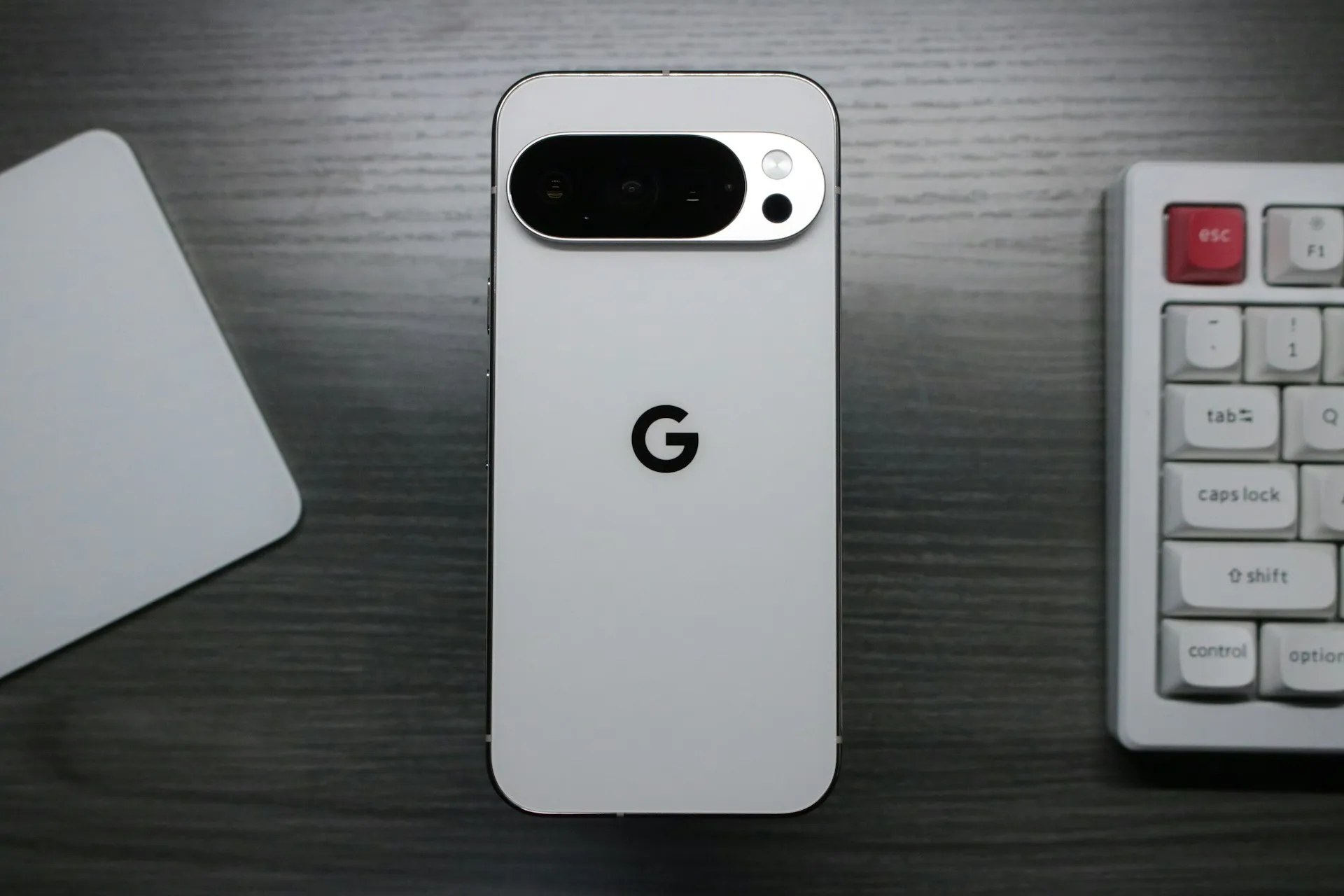


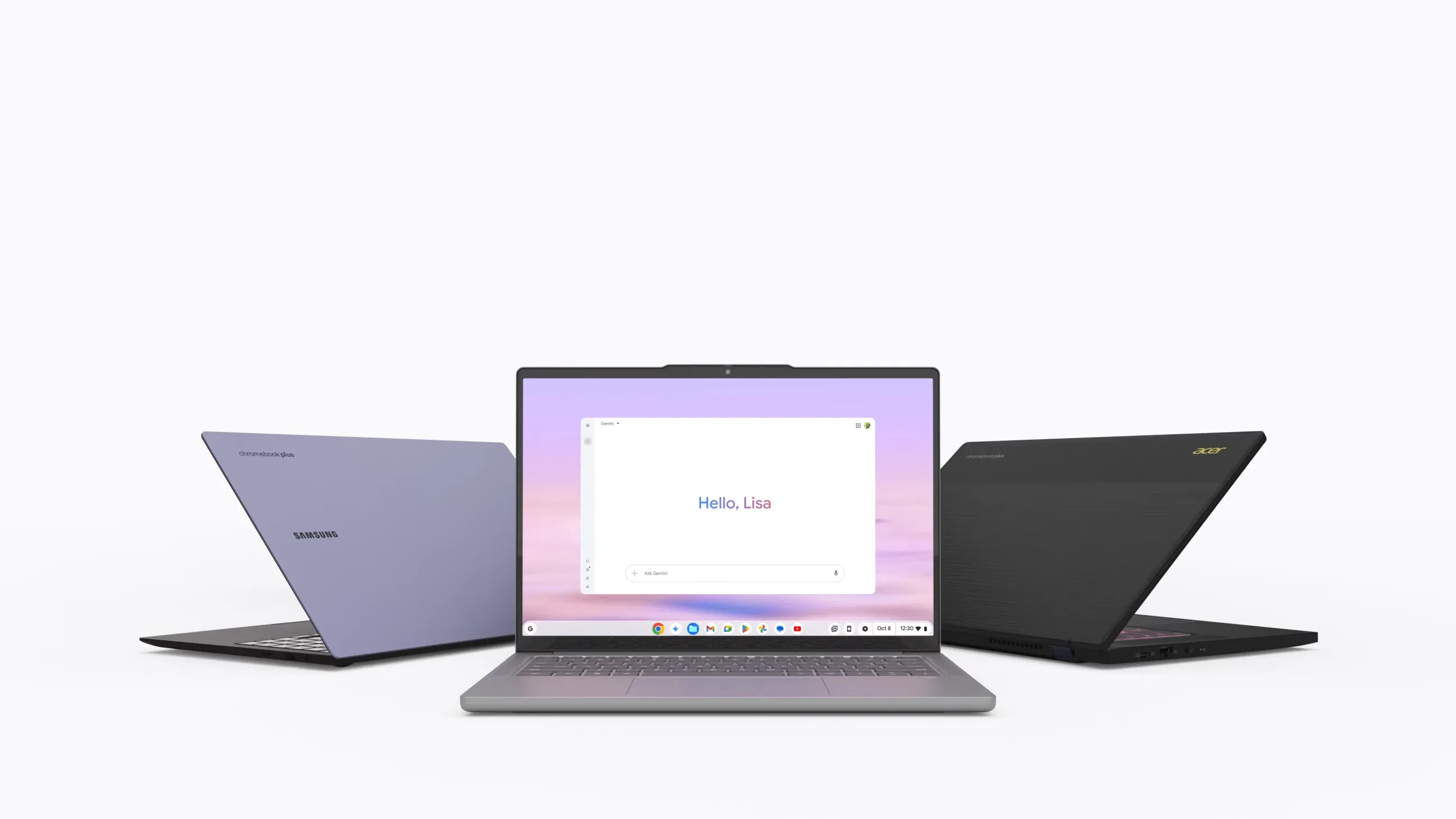

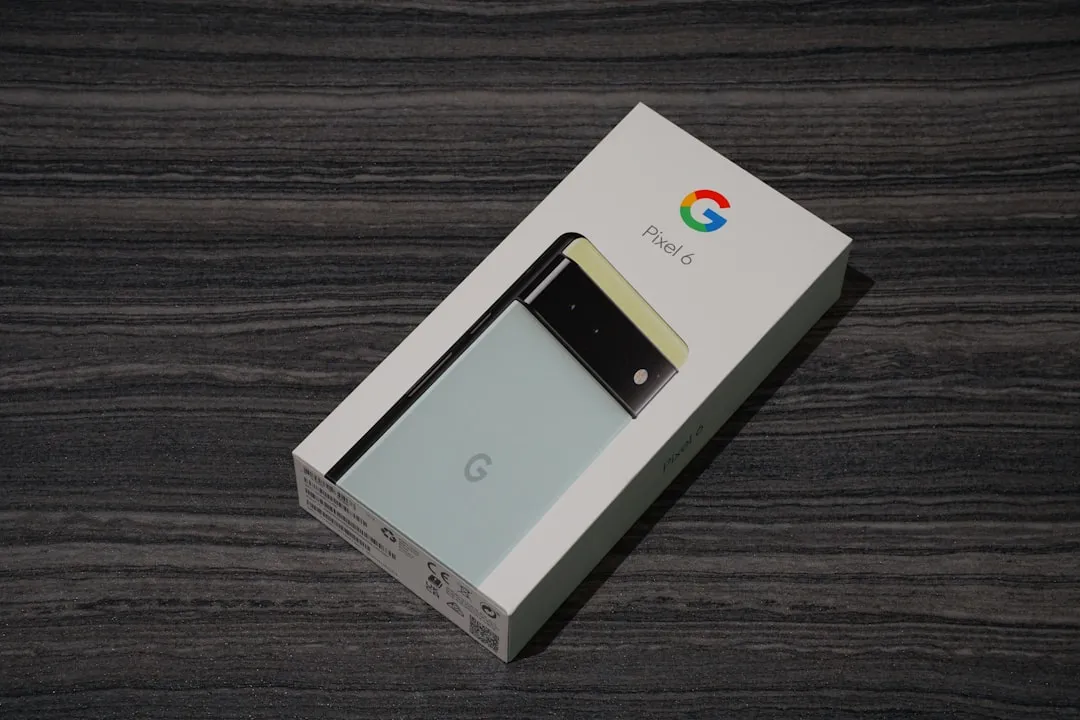

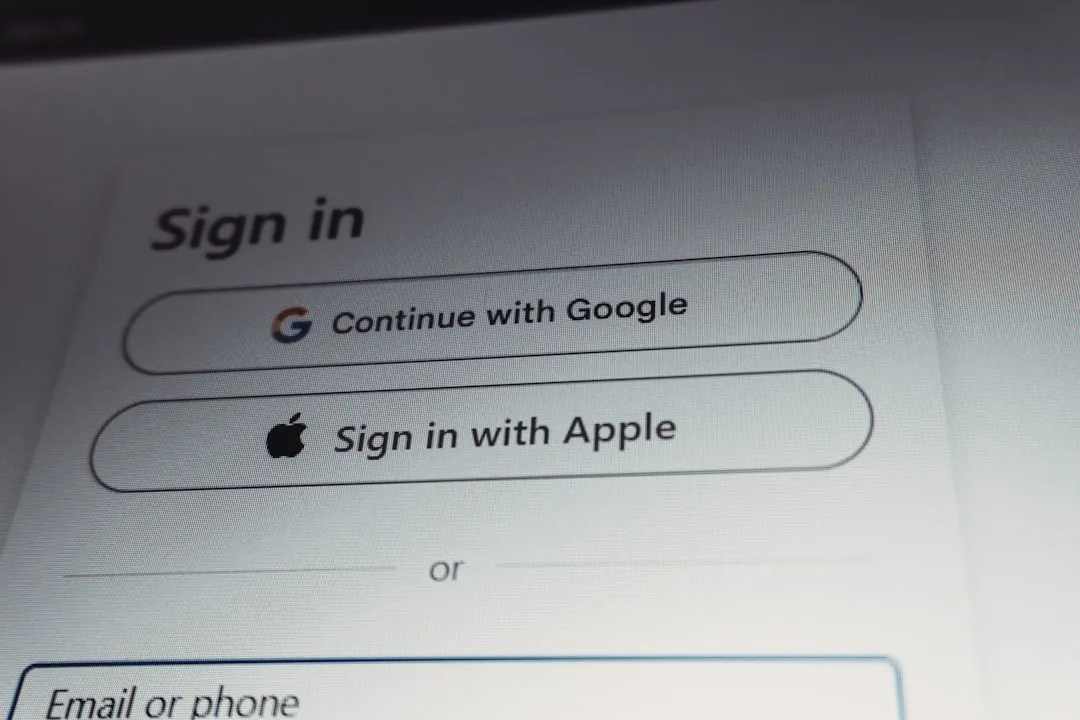
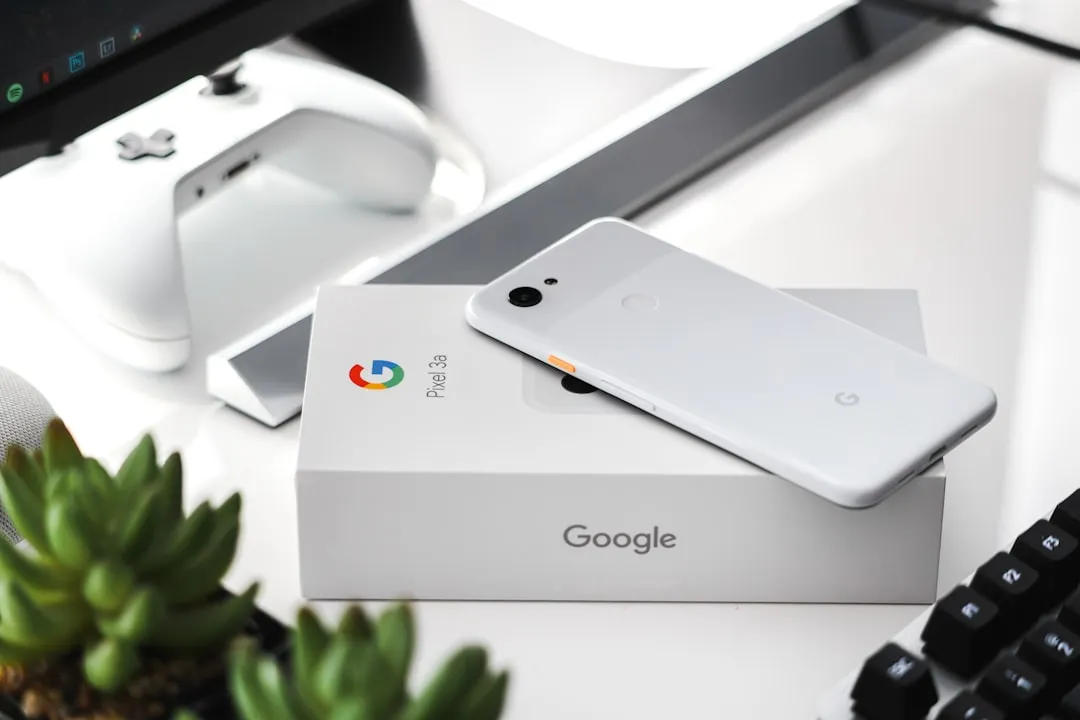
Comments
Be the first, drop a comment!